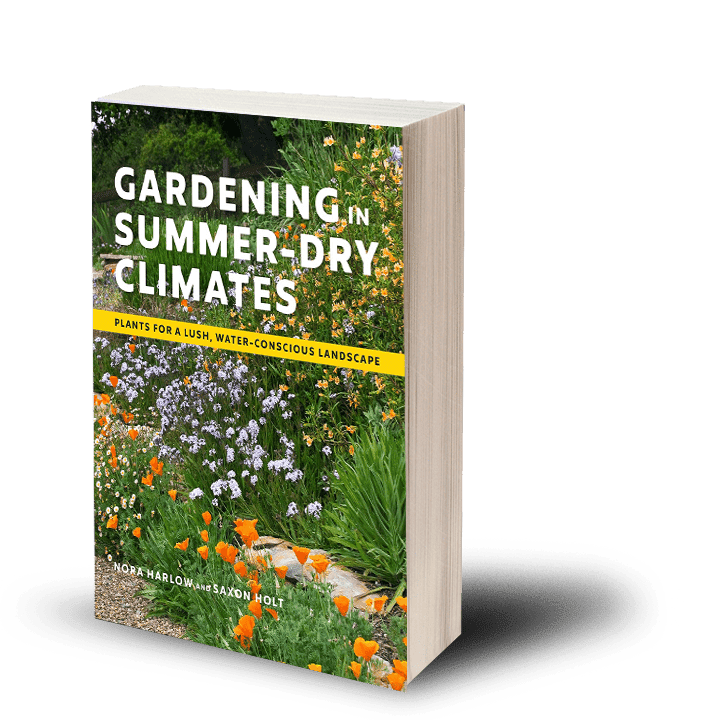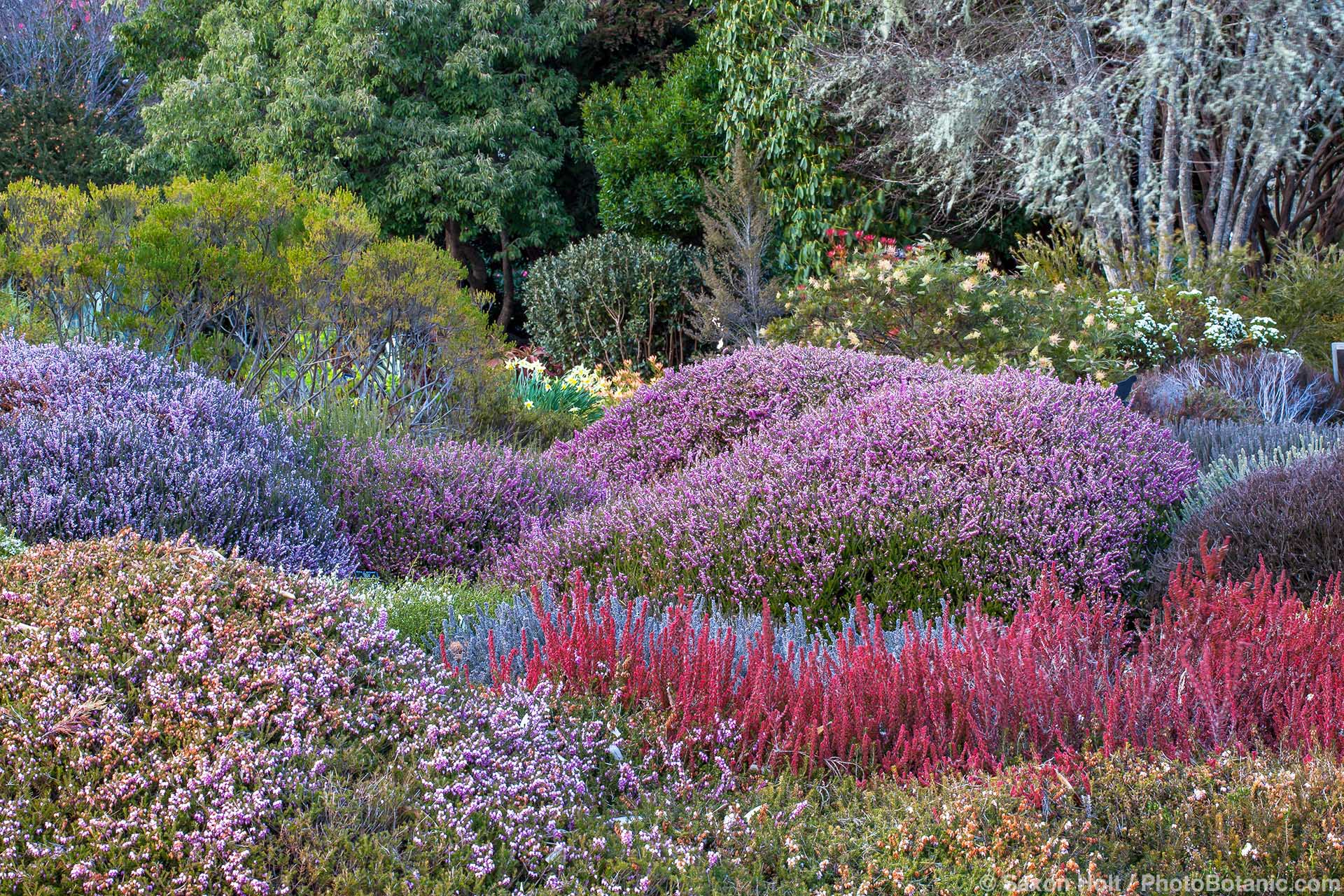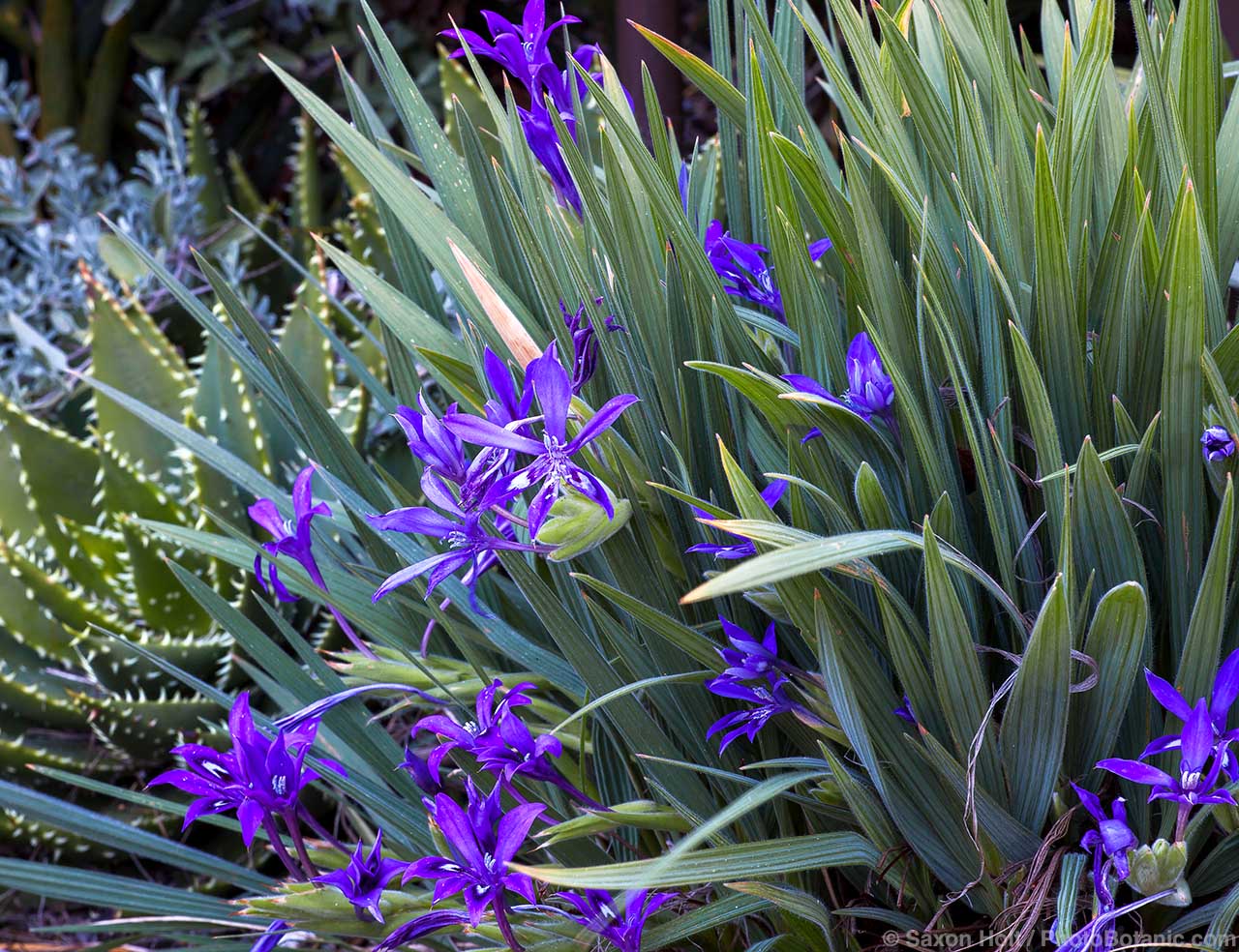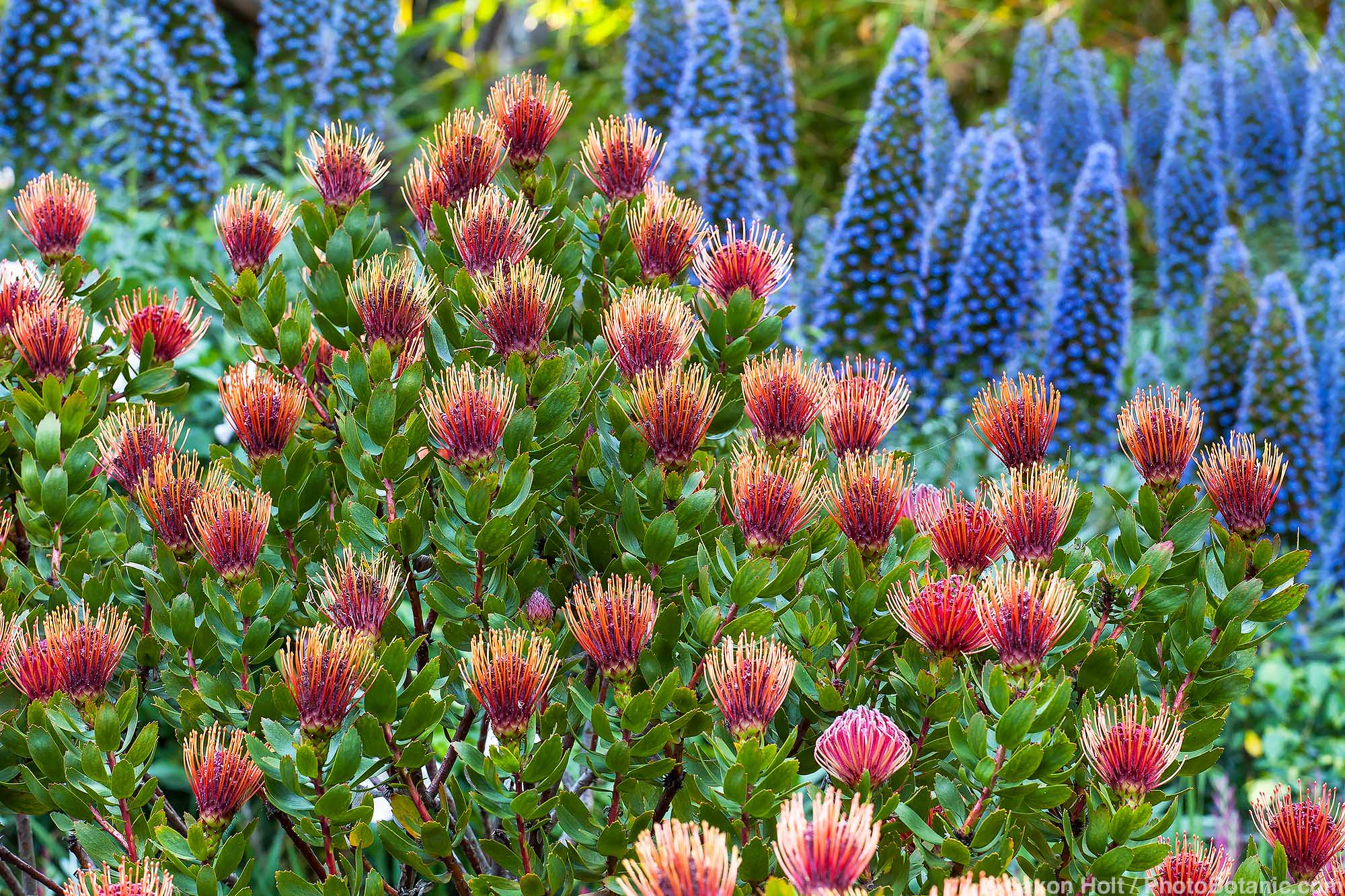Australian Fuchsia
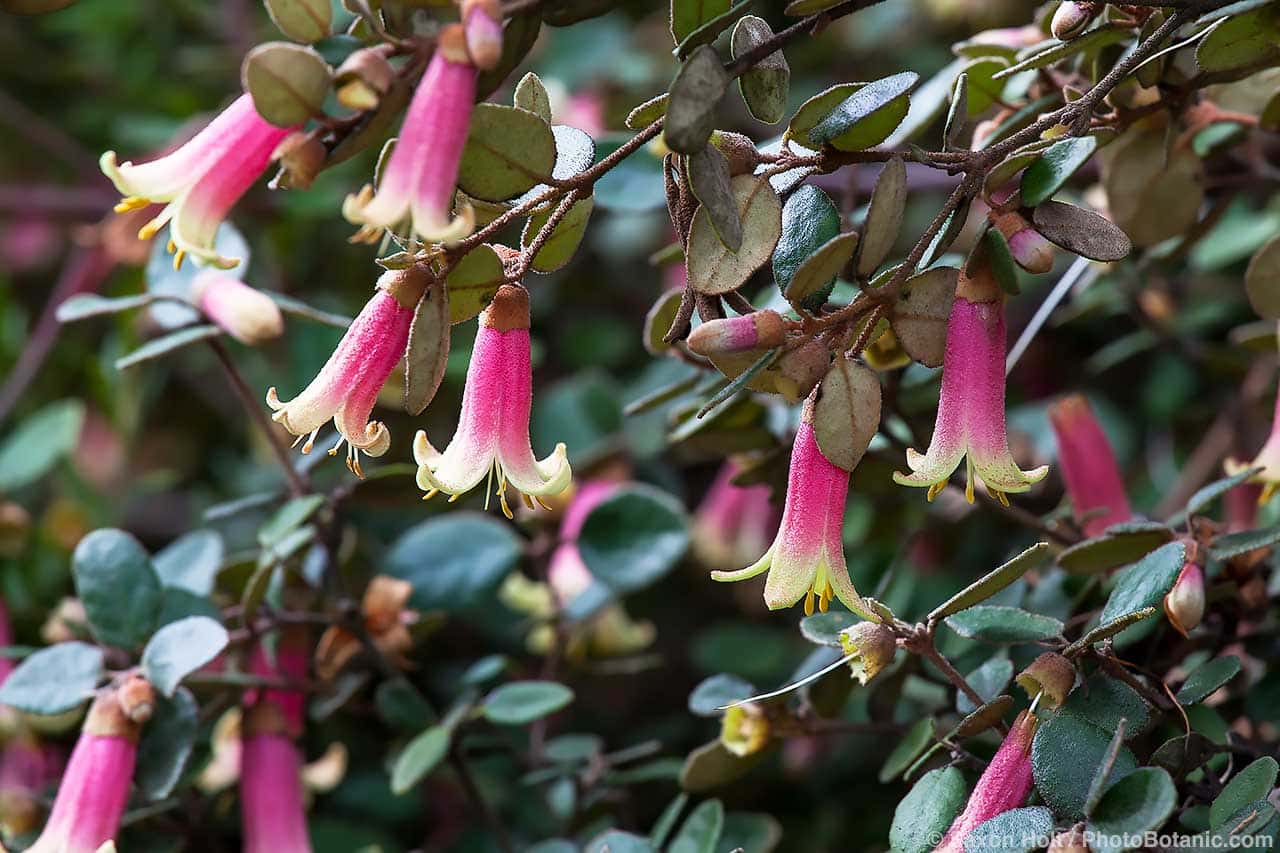
Share This!
Plants native to southwestern Western Australia are well known to gardeners in other mild, winter-wet, summer-dry climates. Less widely known, perhaps, are plants endemic to southeastern Australia, where topography and climate are more diverse. The Australian fuchsias (Correa species) are native almost exclusively to this part of the world.
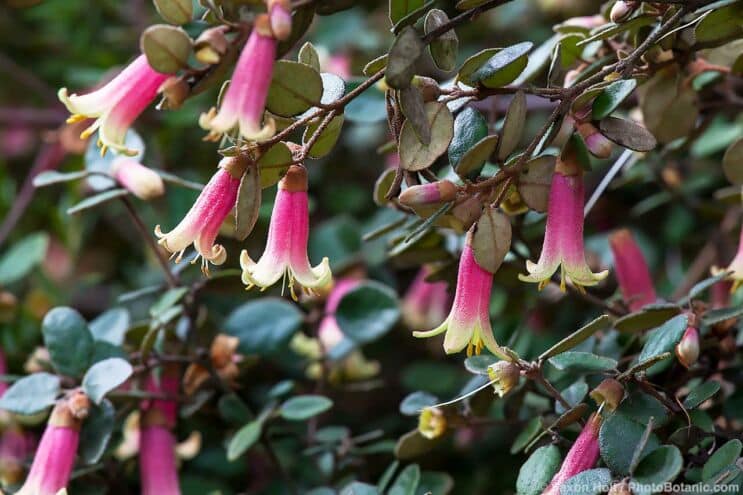
Correa ‘Dawn in Santa Cruz’
Correas are low and spreading to mid-sized or tall evergreen shrubs with small, oval to rounded, dark green to olive or gray-green leaves and pendant, bell-shaped or tubular flowers that resemble those of fuchsias. Rich in nectar, the flowers are favored by nectar-feeding birds, including hummingbirds. All are good candidates for mild-winter summer-dry climates in cool sun or part shade.
Correa flowers are usually bicolored with the tubes some shade of red, pink, or orange and the petal tips pale yellow or yellowish green. A few have entirely red, pink, white, or greenish yellow flowers. Some correas bloom in fall to early spring, others in winter to early summer. In ideal conditions, some bear flowers sporadically almost year-round.
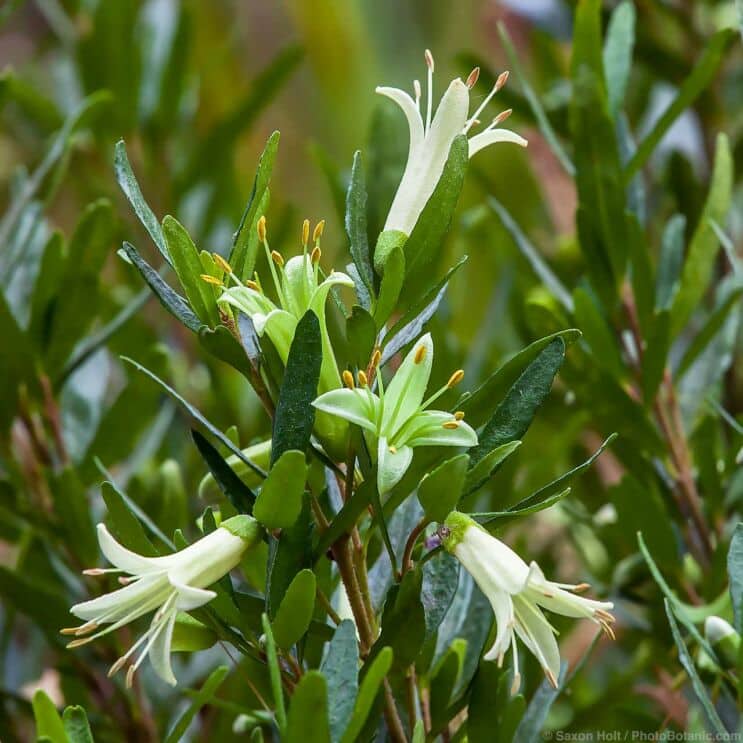
Correa glabra ‘Coliban River’
Correas are native from southeastern South Australia east along the coast and in coastal mountains through Victoria, Tasmania, and New South Wales and north to coastal southeastern Queensland. One species, Correa reflexa, has by far the widest distribution, with dozens of forms in varying habitats found throughout the region. Others are limited to South Australia or native to South Australia and one or two other parts of the region. A few occur primarily on the wetter east coast or on the island state of Tasmania.
Species are occasionally offered in the trade outside of Australia, but cultivars tend to be more widely available. There are correas that make good specimen plants or mid-sized hedges, others that excel as groundcovers, and a few that will grow happily in large containers. Most are somewhat tender, best grown where hard freezes are rare or short-lived. All need good to excellent drainage, especially where winters bring substantial rain. Occasional summer water is appreciated, but once established many do well in dry shade.
Correa ‘Ivory Bells’ is 3-5 feet tall and wider than tall with dark gray-green leaves and creamy white flowers with flared tips from late fall to early spring. This is a hybrid between C. alba and C. backhouseana, both mid-sized white-flowered shrubs native to sandy or rocky soils right along the coast from South Australia to Tasmania. ‘Ivory Bells’ was developed in San Francisco in the 1940s and is still quite commonly offered online and in specialty nurseries.
Correa ‘Dawn in Santa Cruz’, 3-5 feet tall and 5-8 feet wide, has dark green leaves and pinkish red flowers with pale yellow tips from fall through winter. This popular cultivar is a hybrid between C. ‘Ivory Bells’ and C. reflexa ‘Yanakie’, a mid-sized selection from south coastal Victoria with yellow-tipped red flowers. ‘Dawn in Santa Cruz’ was developed in California at the U.C. Santa Cruz Arboretum.
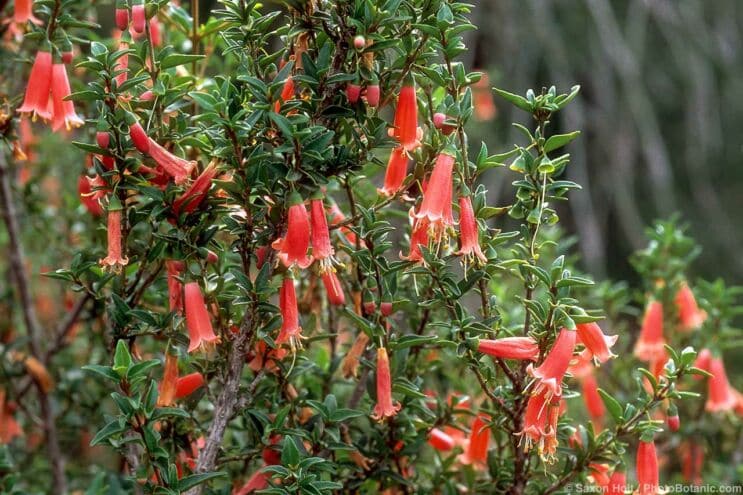
Correa pulchella
Correa ‘Dusky Bells’ is a low spreader, usually 3 feet tall and 5-8 feet wide with velvety, dark gray-green leaves and pink flowers from late fall to early spring. This is believed to be a hybrid between C. reflexa and C. pulchella, a variable, low-growing species restricted to South Australia. ‘Dusky Bells’ is often offered as ‘Carmine Bells’, one of several names by which it was known in horticulture prior to its registration as a cultivar in the 1980s.
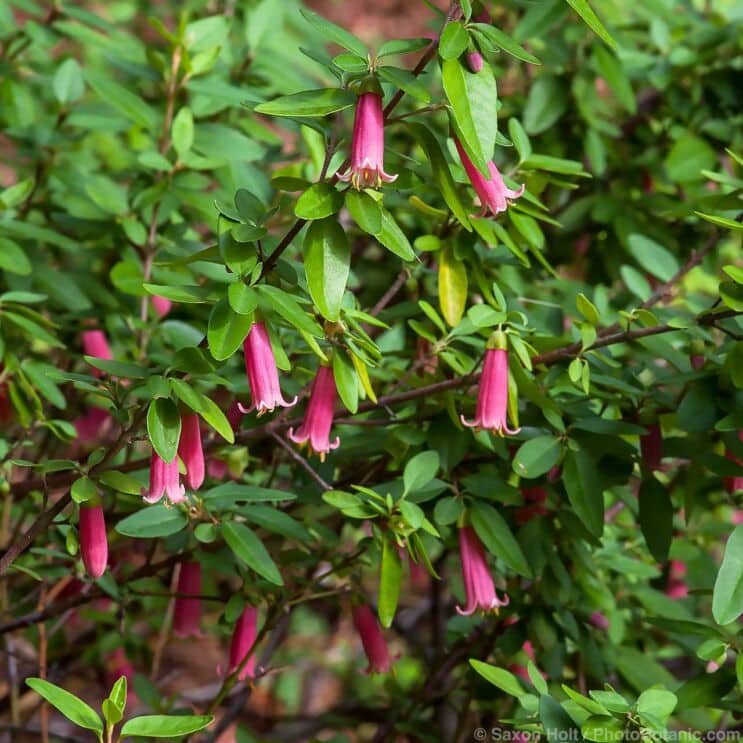
Correa ‘Dusky Bells’ (‘Carmine Bells’)
Another low spreader is Correa reflexa ‘Cape Carpet’, about a foot tall and 5-8 feet wide, with yellowish green-tipped red flowers from early winter to early summer. This cultivar was selected at Green Cape, on the south coast of New South Wales.
Correa glabra ‘Coliban River’ is an especially good choice for smaller gardens or large containers. Dense, neat, and 3-4 feet tall and wide, it forms an upright mound of shiny, bright green, lightly aromatic leaves attractive even without the pale greenish white flowers. This cultivar was selected in the highlands inland from the coast about sixty miles northwest of Melbourne. C. glabra ‘Ivory Lantern’ is similar.
Share This!
Related Articles
By: Nora Harlow
By: Nora Harlow
By: Nora Harlow

